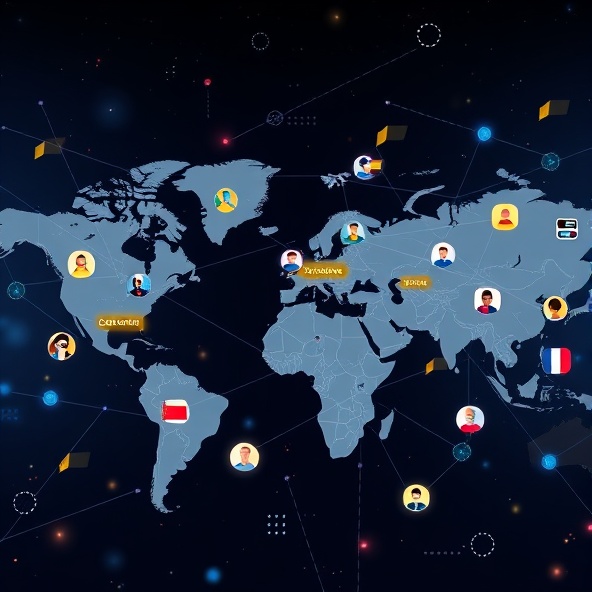BeeBusy
Lessons from a Failed Venture
BeeBusy was one of OmniTechs' early projects, created as a freelancing platform designed to connect international companies with skilled professionals. The project was shut down peacefully and transparently after valuable lessons that fundamentally shaped how OmniTechs operates today.
Our Commitment to Transparency
We share this failure openly because honest analysis of what went wrong is more valuable than hiding our mistakes. Every entrepreneur should learn from both successes and failures.
The Idea
BeeBusy was designed to provide cheap, skilled labor from Iran to international companies, leveraging a large network we had established in the country.
Our perceived unfair advantage was cost efficiency — we could offer high-quality work at significantly lower rates than Western markets, creating a win-win situation for both freelancers and companies.
Initially, we even tried to find workarounds to international sanctions, believing that the value proposition was strong enough to overcome regulatory challenges.
The Core Concept

Cost Advantage
Up to 70% lower rates than Western markets
Skilled Network
Access to highly educated Iranian professionals
Global Reach
Connecting talent across borders
Why It Failed
Sanction Risks
Reliance on Iran created significant sanction risks, including the very real possibility of frozen assets. What seemed like a competitive advantage became a critical vulnerability that threatened the entire business model.
Lost Network Advantage
When we tried shifting to other countries to avoid sanctions, we discovered that we lacked the strong local networks that had been our foundation in Iran. Without these relationships, our competitive edge disappeared.
Product-First Mentality
The project was too focused on building the product and completely ignored user validation. We built what we thought people wanted, not what they actually needed or would pay for.
Neglected Sales & Marketing
Sales and marketing were completely neglected, leaving us with no real market traction. We assumed that if we built a good product, customers would naturally find us. This assumption proved catastrophically wrong.
Financial Reality
Cash ran out within a year, forcing the team to dissolve peacefully. Without revenue generation or additional investment, even the best ideas cannot survive the harsh reality of business finances.
The Perfect Storm
BeeBusy failed not because of one critical error, but because of a combination of strategic missteps, external risks, and fundamental business oversights. Each issue compounded the others, creating an unsustainable situation that required an honest acknowledgment of failure.
Lessons Learned
Always Validate First
Always validate ideas with real users and companies before heavy investment. Customer development should come before product development, not after.
Product + Sales + Marketing
Product alone is not enough — sales and marketing are critical from day one. The best product in the world is worthless if nobody knows about it or buys it.
Adoption Over Innovation
Big, cool ideas fail without market adoption and financial sustainability. Innovation means nothing if it doesn't solve real problems people will pay for.
Transparency Builds Respect
Transparency with the team builds respect, even in failure. Honest communication about challenges creates stronger relationships than false optimism.
The Meta-Lesson
BeeBusy taught us that failure is not the opposite of success — it's a prerequisite for it. Every mistake became a building block for better decision-making in future ventures.
From Failure to Foundation
BeeBusy failed, but it gave us one of our most valuable lessons: innovation is not just about building, but about validating, selling, and sustaining. This mindset now drives how we run OmniTechs.
We share this story not to dwell on failure, but to demonstrate our commitment to transparency and continuous learning. Every entrepreneur faces setbacks — the difference is what you do with the lessons learned.
Original Pitch Deck
Download the original BeeBusy (later renamed to JellyBee) pitch deck to see our initial vision, business model, and the assumptions that ultimately led to our learning experience.
How BeeBusy Shaped OmniTechs Today
User-First Approach
We now validate every idea with real users before investing resources
Sales Integration
Marketing and sales are built into every project from the start
Risk Management
We diversify projects and careful assess external dependencies